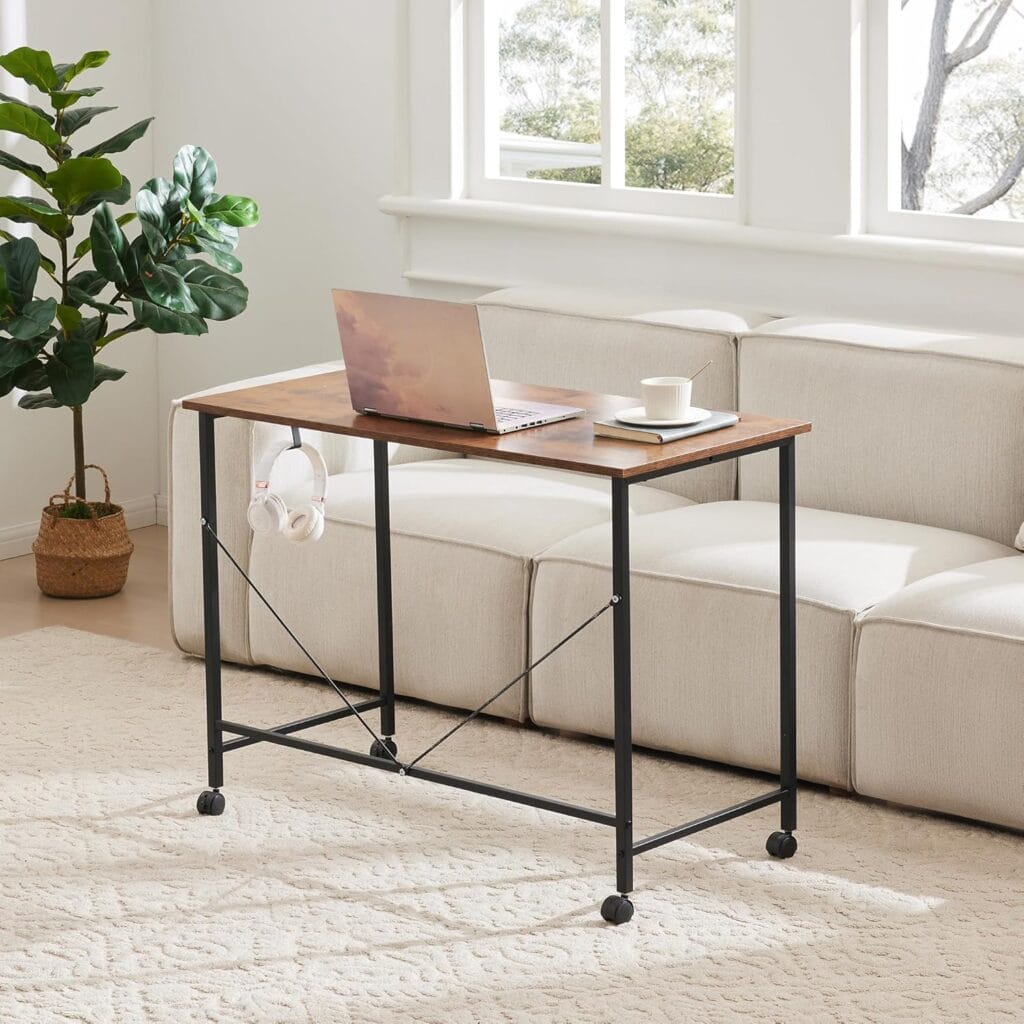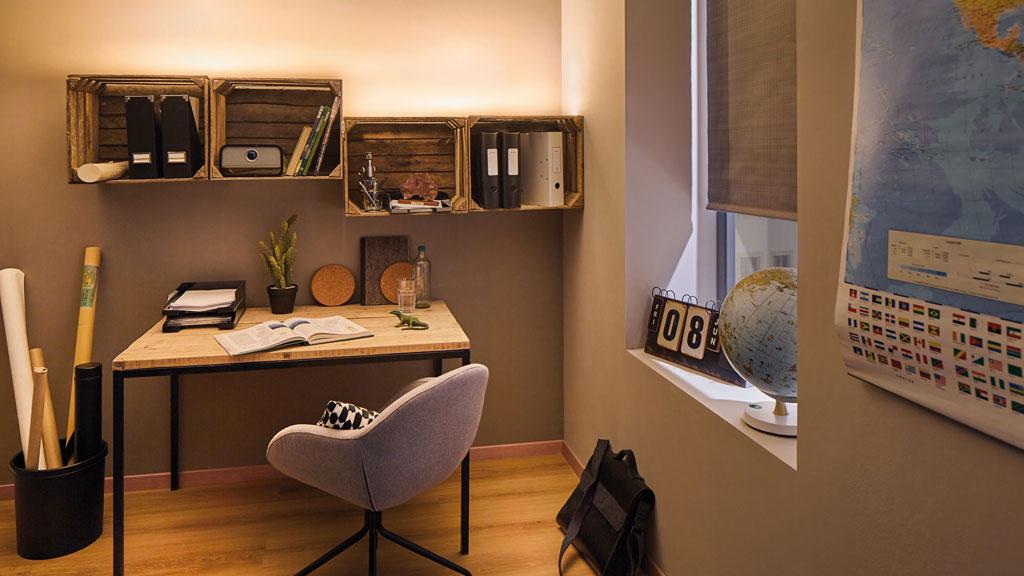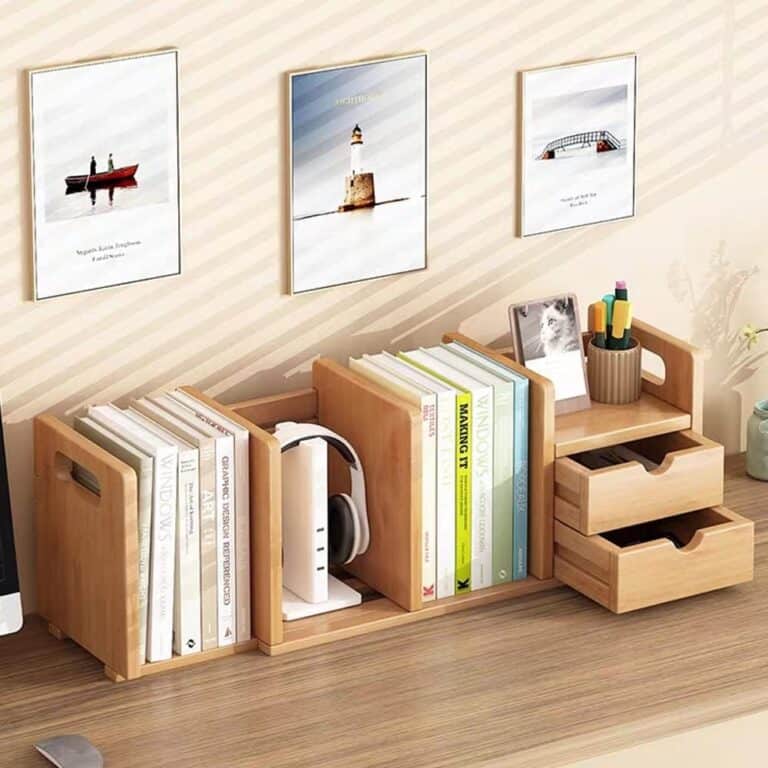When you work from a studio apartment or the spare alcove off the kitchen table you quickly discover that every inch of floor counts and even a modest desk can overwhelm the entire living area. The Six Foot Rule is a deceptively simple space planning guideline that professional interior designers borrow from hospitality projects yet it translates beautifully to the everyday remote worker who cannot dedicate an entire room to Zoom calls. By limiting your primary work zone to a rectangle no longer than six feet on its longest side you force yourself to curate furniture, technology, and storage that work together like a Swiss watch which in turn helps the surrounding room breathe and feel larger than its square footage would suggest. Today you will learn exactly how to apply this rule, why it improves both comfort and productivity, and which practical accessories make the formula effortless to follow.
Why The Six Foot Rule Matters
In residential interiors the most common ergonomic reach envelope for a seated person measures roughly three feet in every direction. Doubling that reach provides a natural outer boundary that keeps task lighting, bookshelves, and filing cabinets within arm’s length but prevents visual clutter from spilling into circulation zones. Six feet is also a familiar dimension because sofas, dining tables, and even many entry rugs occupy similar footprints which means your workstation can quietly mimic the proportions of existing furniture instead of shouting for attention. By containing all office focused activity inside a virtual six foot box you preserve clear sightlines across the apartment and allow natural light to flow past the desk instead of being blocked by chunky hutches or overstuffed bookcases.
Step One: Measure First Then Sketch
Grab a measuring tape and mark a six by six foot square on the floor with painter’s tape or any temporary marker. Resist the temptation to eyeball because real dimensions often surprise us and a single misplaced inch can cause chair wheels to snag or drawers to collide with door frames. Once the outline is visible sketch a quick floor plan on graph paper showing walls, windows, and power outlets. This bird’s eye view will reveal potential pinch points so you can rotate the desk, swap sides for the monitor, or slide a filing pedestal beneath the work surface. When you refine the layout on paper first you avoid the frustration of dragging heavy pieces across hardwood only to discover they do not fit.

Step Two: Choose Right Sized Furniture
A compact writing desk between forty eight and fifty four inches wide typically leaves enough elbow room for dual monitors without exceeding the Six Foot Rule and many models include a shallow pencil drawer that replaces bulky side towers. If you require extra storage select a mobile pedestal that tucks entirely under the desktop when closed; it rolls out only when you need to archive paperwork then disappears again creating visual calm. For seating seek chairs with a sled base or petite casters rather than five point star legs because they glide smoothly within tight footprints while still offering ergonomic adjustments. Remember that any element protruding beyond the six foot boundary counts, including backrest tilt at full recline, so test chair movement before finalizing the purchase.

See our desk recommendations for compact home office spaces:
Step Three: Go Vertical for Storage and Lighting
The Six Foot Rule governs floor area, not height, which means the wall above your desk is prime real estate. Install a floating shelf twelve inches above the monitor to hold reference books, a Bluetooth speaker, or a small trailing plant that softens straight lines. Pair it with a swing arm lamp that clamps to the desktop edge rather than sitting on its own base; this frees up precious writing space and lets you angle illumination exactly where you need it. If you crave a pin board for reminders, mount a fabric covered panel directly under the shelf so you can pin invoices without scattering sticky notes across every surface.
Here is a link to Home & Garden’s recommended ways to use vertical storage:
Step Four: Tame Technology Cables
Nothing shrinks perceived space faster than tangled wires so commit to a streamlined cable path on day one. Use adhesive backed raceways that route cords down a single rear leg of the desk and along the baseboard to the nearest socket. Inline USB hubs mounted under the desktop keep chargers close yet invisible and Velcro straps bind surplus cable length into neat loops. When cables vanish the floor line looks clean which tricks the eye into reading the entire six foot zone as a single cohesive object rather than a jumble of gadgets.
Step Five: Layer Light and Color Strategically
Paint or wallpaper the back wall of your six foot office nook in a slightly darker or more saturated color than adjacent walls. This creates a visual alcove that feels intentional and helps your brain switch between work mode and relaxation as you cross that color threshold. Meanwhile keep the desktop itself in a pale wood or white laminate finish that reflects task lighting upward reducing eye strain during late night spreadsheet sessions. For extra ambiance attach a soft LED strip along the underside of the floating shelf; it throws indirect glow that doubles perceived depth and sets a professional backdrop for video calls.

Conclusion
The Six Foot Rule is a liberating constraint rather than a limitation because it forces every decision about furniture, storage, and technology to earn its place which in turn gifts you a lighter, more breathable living space. Measure carefully, edit ruthlessly, and elevate vertically; soon you will discover that a disciplined footprint can unlock big comfort and productivity gains no matter how compact your home may be. If you enjoyed this design framework explore our upcoming guide to Amazon finds under fifty pounds for finishing touches that harmonize with your newly minted workspace.

